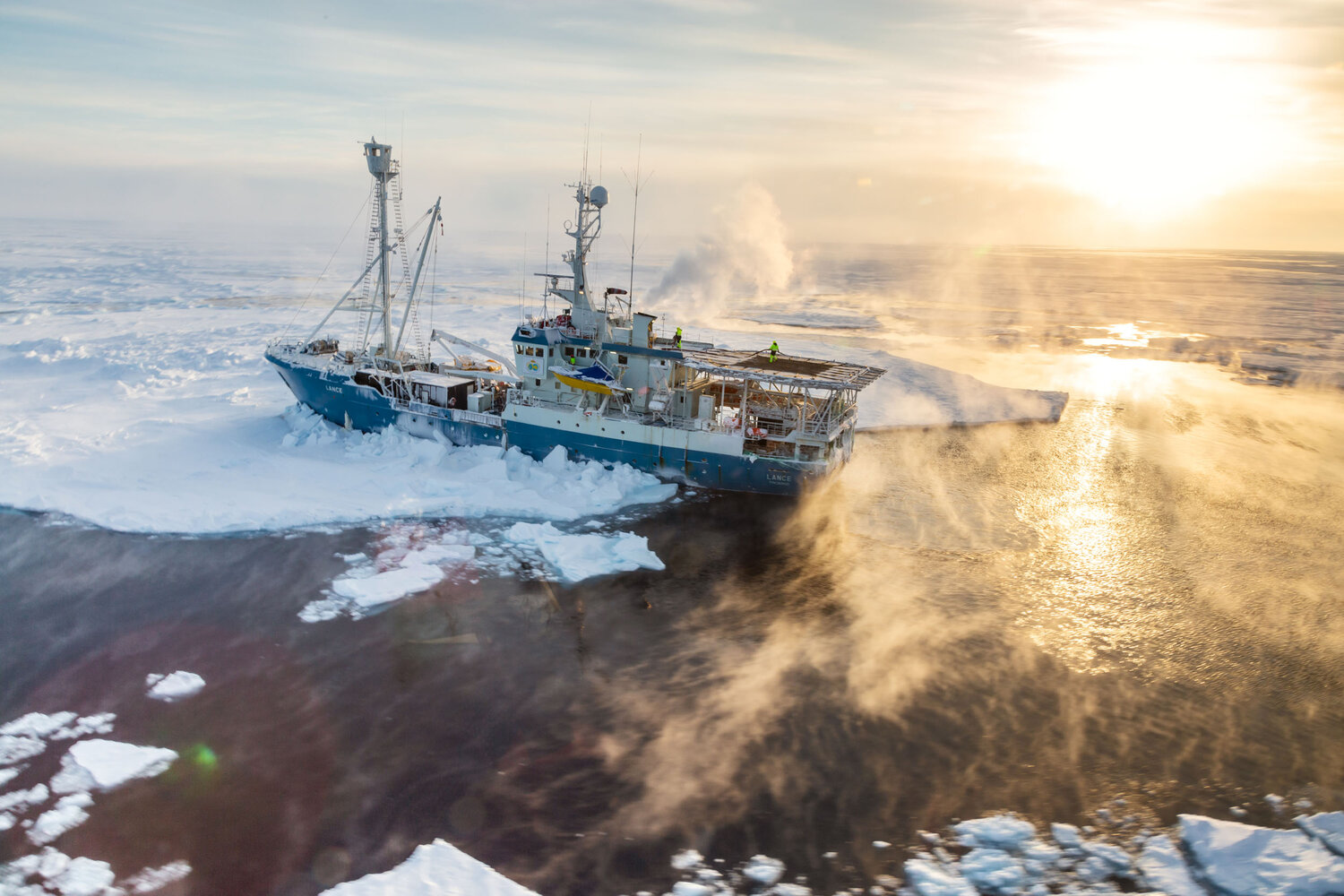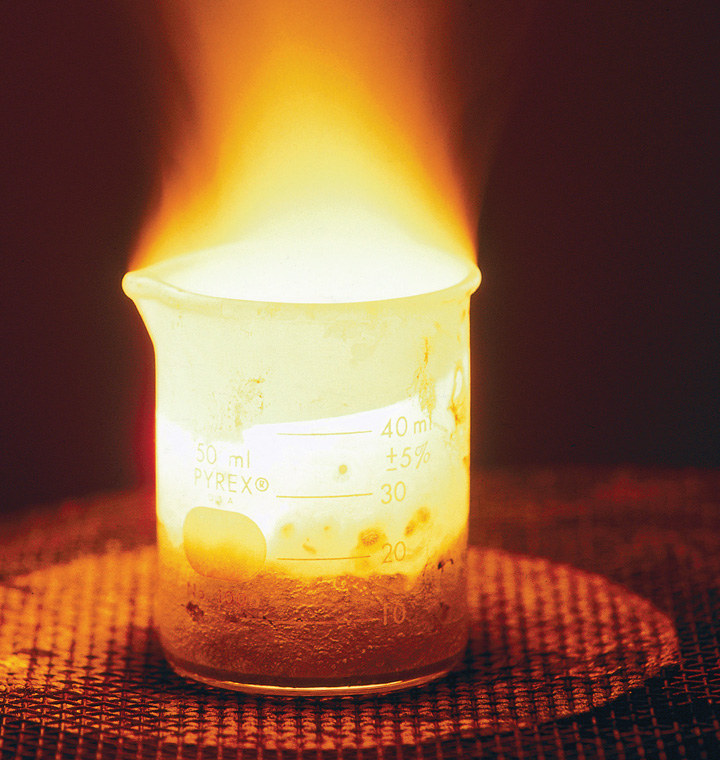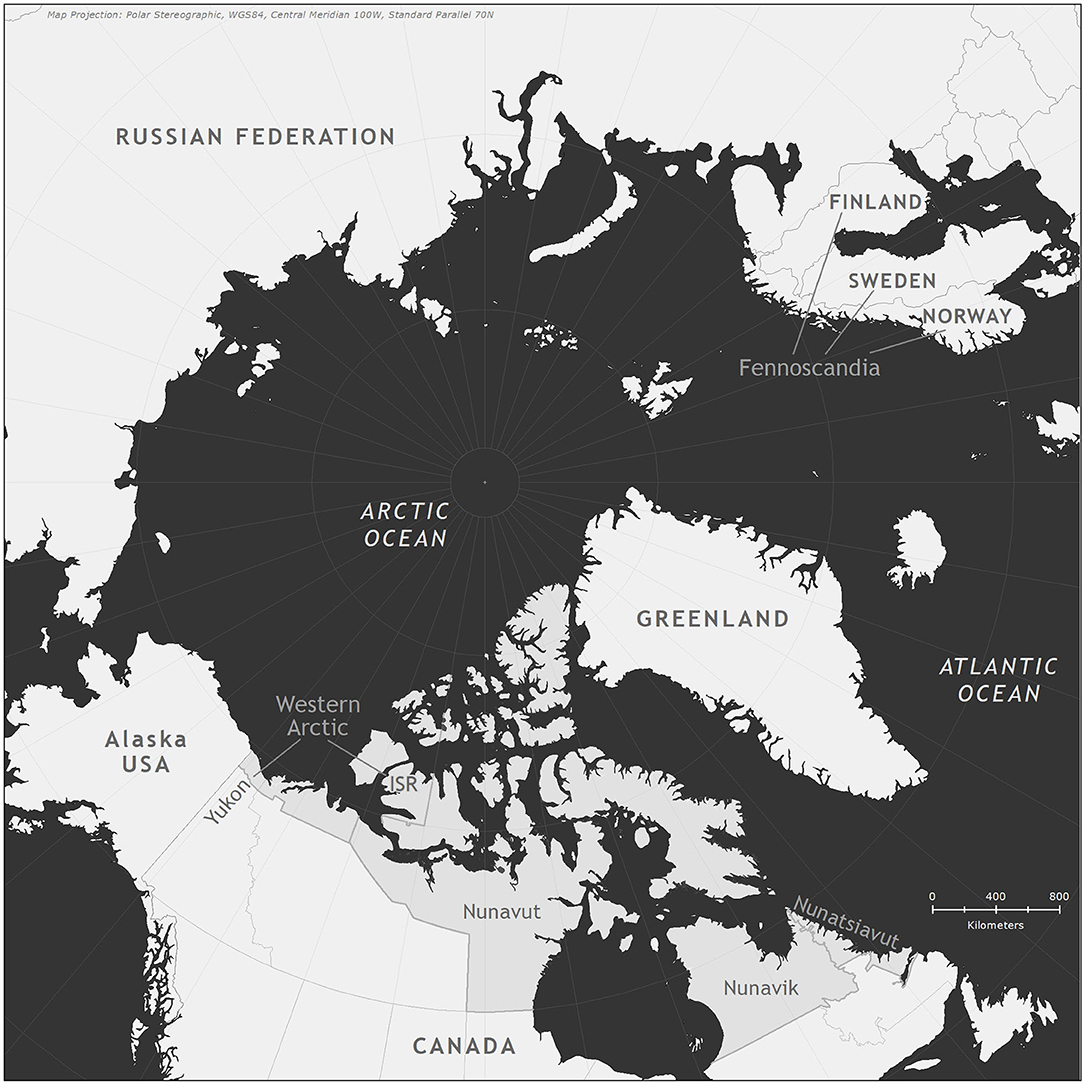Thin Ice: Recognizing and Reacting
$ 17.99 · 4.8 (740) · In stock

As much as emphasis should be placed on avalanche safety, there’s another danger, sometimes unpredictable, to consider during winter expeditions: Ice. Ice varies a great deal in strength; accordingly, so too should your choice to cross it. Before Deciding to Cross A number of factors affect the stability of ice. Consider them, and avoid dangerous crossings first and foremost. If you think the water is deep enough to submerse you, or moving fast enough to sweep you underneath it, don’t cross. Snow-covered ice may be thin, as snow insulates the water’s surface, limiting freezing. Slow-moving or standing water is more likely to be frozen solid enough to hold your weight. Avoid ice over the fastest current of moving water. Spots where streams enter and leave lakes are notorious for thin ice. Springs bringing water into a lake may create a thin
As much as emphasis should be placed on avalanche safety, there’s another danger, sometimes unpredictable, to consider during winter expeditions: Ice. Ice varies a great deal

Accelerating the discovery of alkyl halide-derived natural products using halide depletion

Into Thin Ice — Andy Isaacson

9 Cool Ways to Use the Anger Iceberg

Copper Sulfate Lab Report

Hockey IQ: Developing Hockey Intelligence with Hockey IntelliGym - The Hockey IntelliGym®

The Silent Threat of Black Ice: Recognizing, Avoiding, and Surviving - DriveSafe Online®

Chemical Reactions

Fighting Frost With Ice - American Chemical Society
The Iceberg Model of Behavior: A Vital Framework for Leaders

Frontiers Untold Stories: Indigenous Knowledge Beyond the Changing Arctic Cryosphere
Paperback with front cover scene of climbers on an ice/snow slope. 4x7 inces 461 pages Highlight, take notes, and search in the book

Thin Ice
